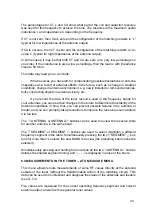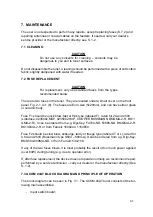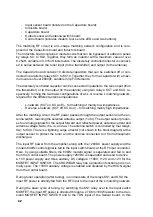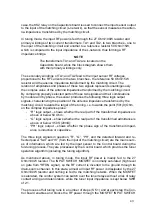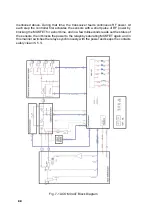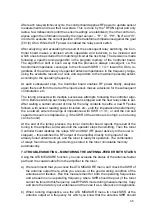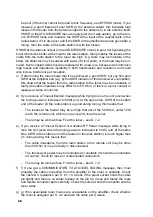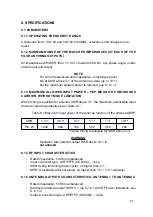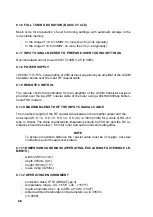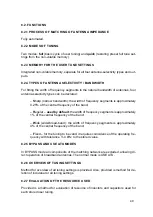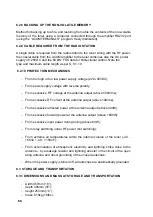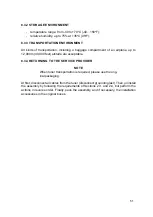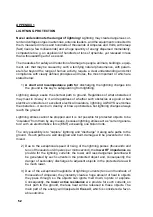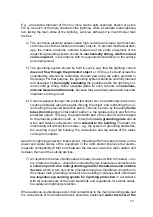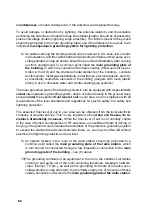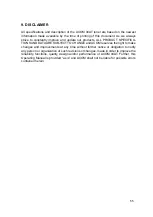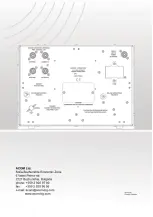
53
E.g., a tree with a diameter of 30 cm or more can be split, exploded, broken or set on
fire by a branch of the main channel of the lightning, while a standard metal lightning
rod, taking the main strike of the lightning, survives, although it is much thinner than
the tree.
4) The enormous electrical pulses induce high currents and create high mechani-
cal forces in both the stricken and nearby objects. To prevent mechanical dam
-
age, the masts, antennas, antenna feeders and the entire equipment of the
respective grounding system should be
mechanically strong, reinforced and
corrosion-proof
, in accordance with the expected local effects on the surface
and underground.
5)
The grounding system should be built in such a way that the lightning current
does not flow through the protected object
, or if it does, it should at least be
considerably reduced by redirecting its main part along the paths provided in
the design. For that purpose, the grounding system should be carefully planned
and designed by
thoroughly evaluating
the possible paths the lightning cur
-
rents could go along. Some essential paths for such currents are
antennas,
antenna feeders and the mains
, because they are widely spread and have low
impedance to the ground.
6)
Currents passing through the protected object can be additionally reduced by
creating obstacles along the paths through the object, and redirecting the cur
-
rents along the planned protection paths. This can be done by threading
ferrite
tubes (toroids)
along “unfavorable” paths (i.e. the cables going to and from the
protected object). This way, the predominant part of the currents will be tapped
to the planned protection path, i.e. through the
main grounding plate
and all
wires and cables connected to it and
external to the building
. The latter are
intentionally left without ferrite tubes – e.g. the system of grounding electrodes,
the securing ring of the building, the connections and the cables of the mains
coming from outside.
Apart from lightning protection improvement, threading of ferrite tubes (toroids) on the
power and signal cables of the equipment in the radio station improves the electro
-
magnetic compatibility (EMC) both between the devices inside the radio station and
between them and the outside devices.
7)
All objects in the area of antennas and nearby devices (within 6m radius) – tun
-
ers, rotators and alike – should be connected by low-impedance connections to
a common point
called
main grounding plate for the antennas and antenna
devices
, which in turn should be grounded using low-impedance connection to
the closest main grounding conductor of an existing or purpose-built (individual)
low-impedance grounding system
for lightning protection
in accordance
with all requirements of the local standards and regulations for electric safety,
fire safety and lightning protection.
Where antenna counterpoises exist, their connections to the main grounding plate and
the connections of the antenna devices should be positioned
under the level of the
Summary of Contents for ACOM 04AT
Page 1: ...1 ...
Page 57: ...2 2 ...

